The Abyssinian cat is a desert-thirsty cat breed. It originated in Ethiopia (Abyssinia). So, it is called according to its homeland.
The breed is also related to the ancient Egyptian civilization, the river of Nile, and the Pharaohs.
They’re one of the oldest cat breeds. Very interesting. Isn’t it? So, let’s jump into the article.
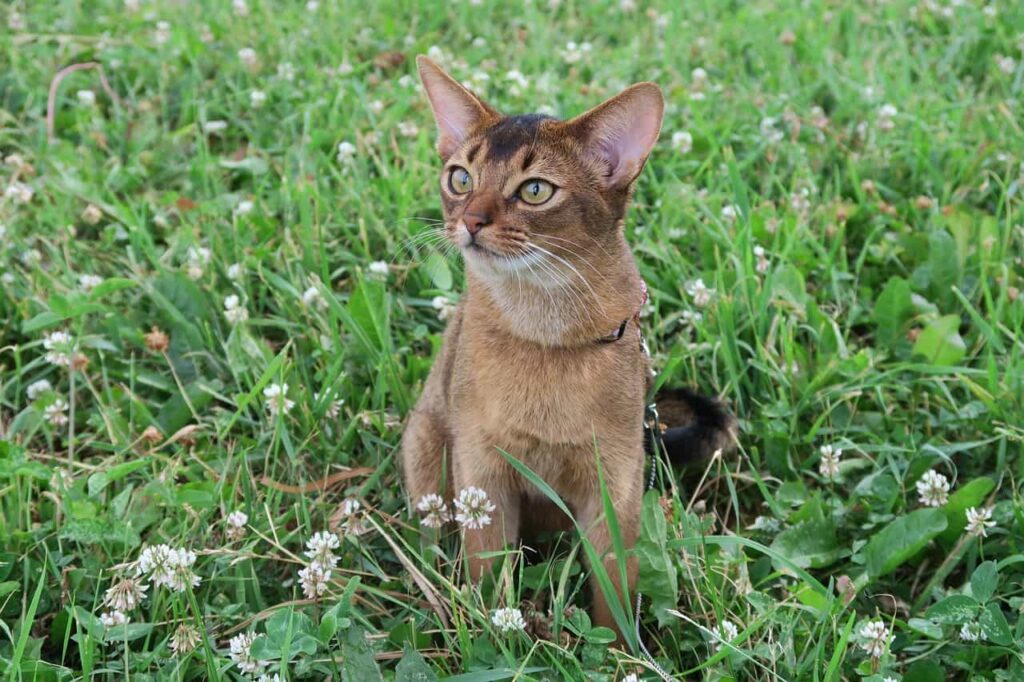
Jump to sections
Breed specialty of the Abyssinian Cat Breed:
Other names: Aka Abby or Abbys for short, miniature Couger.
Personality: Very friendly, calm, attached to their owners, don’t want to stay alone.
Type– Shorthaired
Size– Medium
Weight– 6-10 lbs
Significant characteristics– Silky fur and Almond-shaped eyes.
Colour: Ruddy, Red, Fawn, Blue.
Length: Up to 10 inches. Male cats are a bit large than females.
Lifespan: 9 to 12 years.
Kids-friendly: Yes
Another pet-friendly: Friendly with the dogs but not with the cats.
Activity and playfulness: Very high
Vocalizing: Meow when they need.
Intelligence and curiosity: High
Not Hypoallergenic
Originated from the Egypt and Ethiopia.
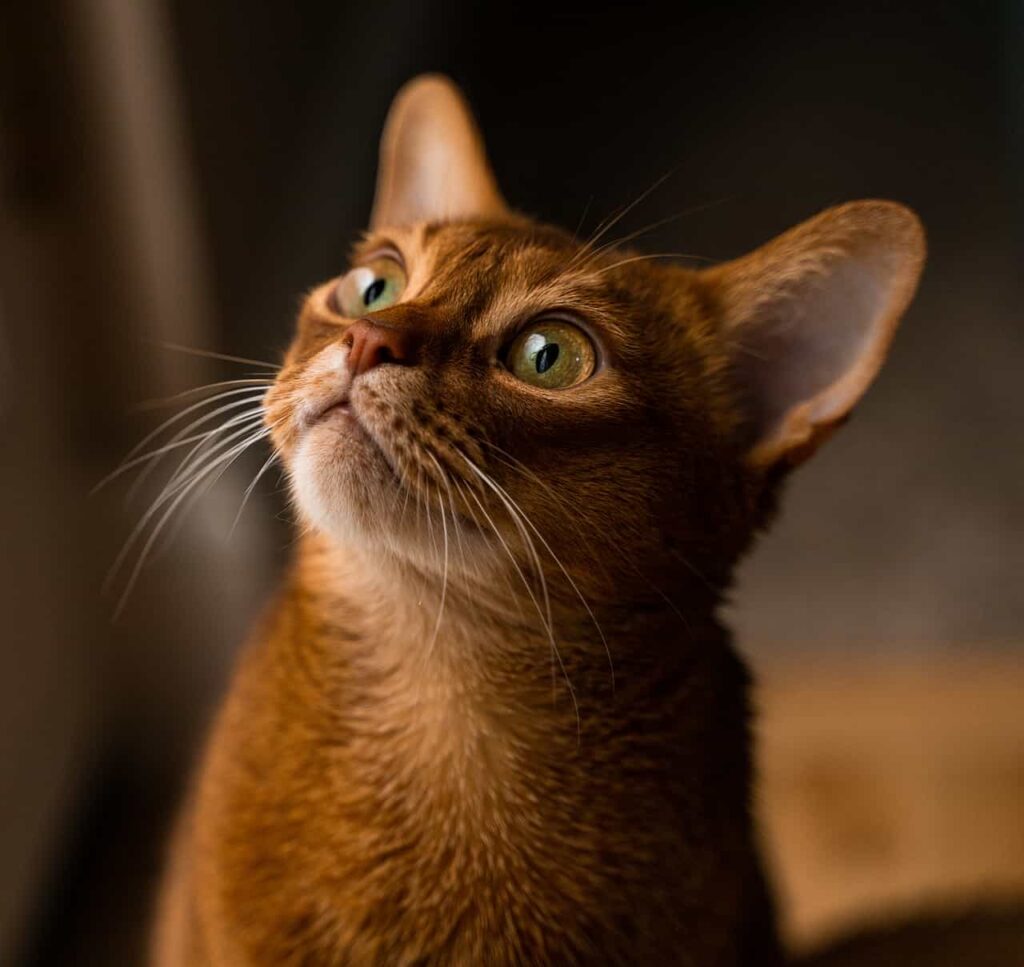

Origin of the Abyssinian Cat breed:
There are three stories behind the head of the breed.
Story no:1: The breed came from Abyssinia or Ethiopia. So, they called Abyssinian cat.
Story no.2: The breed’s ancestors were seen at the coast of the Indian Ocean. Today’s research proved that that kind of cat was found in that area. So, Abyssinian cats are their descendants.
Story no.3: The most accepted and exciting story is- the Abyssinian cats are related to the Egyptian civilization, The pharaohs, and The Mummys around 7000 years ago. The Abyssinian cats were worshipped and lived in the Temples of ancient Egypt. They were found in the royal tombs and Mummies of the pharaohs.
So, the modern Abyssinians are the descendants of those Royal cats.
The Abyssinians made their way to England in 1868 at the end of the Abyssinian War. A cat named Zula was taken to England, and from then, The Abyssinians have been the domestic cats of the UK.
The breed arrived from the Uk to the USA in the 1900s.
Now Abyssinians are one of the most popular breeds in North America.
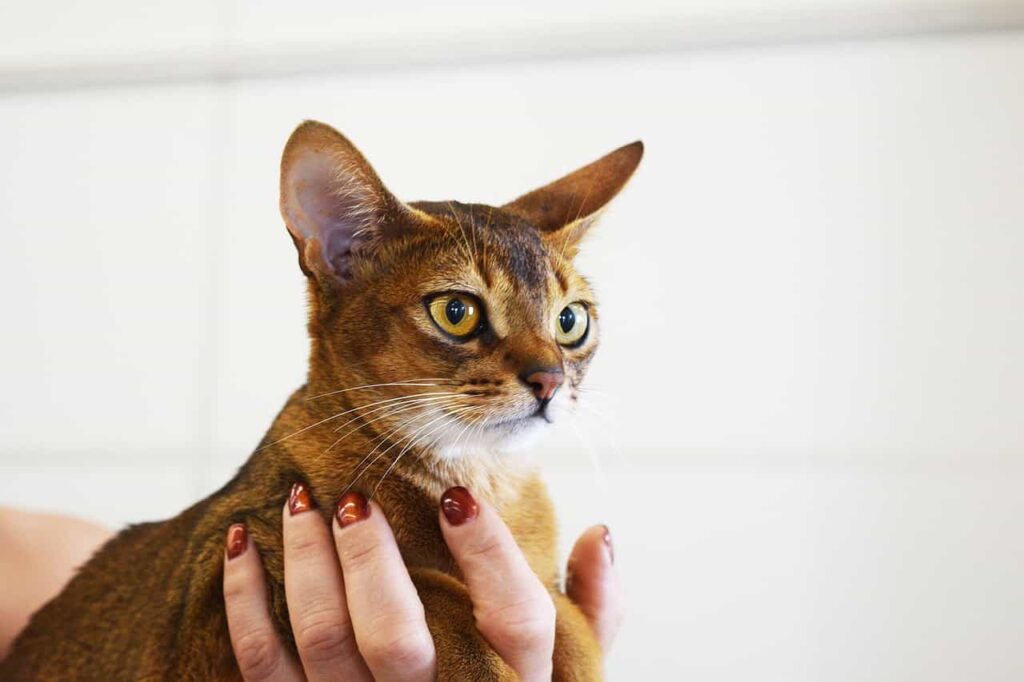

Appearance Abyssinian Cat :
Body: Medium to long body along with muscles and stocky shape.
Head: A round head and size are medium. No flat planes with a gentle-looking brow, cheeks, and profile.
A bridge is between their nose and forehead and wide-ranged ears. The neck is arced. The muzzles are not sharply pointed, and the chin matches the face.
Ears: The ears are alert, big and pointed, wide from the base. Small hairs are lying on the ears.
Eyes: Almond-shaped eyes are large, floating, serious, and very personality-based.
Legs and Paws: The legs are as slim as the body, and strong muscles are clearly visible. The paws are small, with Five fingers on the forelegs and four fingers on the back legs.
Tail: A fairly long and tapering tail, wide from the base.
Coat: Shorthaired, Soft, Silky, and dense coats are all over the body. Seems to be the fire is burning.
Colours: the lavish coats are available in Ruddy, Red, Fawn, and Blue.
Temperament and nature of Abyssinian Cat :
They’re very smart and intelligent. Understand the high five and come here! Go there! Etc.
They are not a cuddly lap cat. Values their independence, like to stay near you but doesn’t like to be held.
Very fond of dogs and people but don’t like other cats. They like to make friends with other people and dogs in a short time.
Abyssinian Cat can’t stay alone. They always need people around them, have an excellent thrust as they’ve come from the desert area.
They are a very vivacious and jovial housemate who enjoys jumping, heights, and playing.
loves kitty-tunnel and kitty tents.
Need daily playtime of at least half an hour. Either play with them or provide them with toys.
vocalizes only when they need anything or get bored.
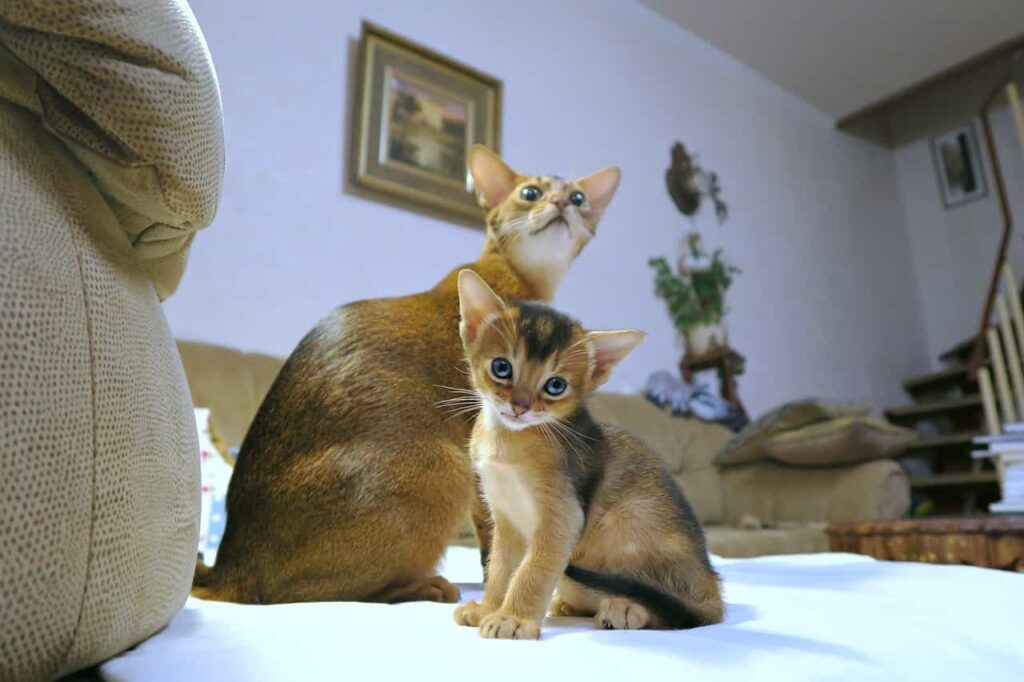

Caring, grooming, and exercise for Abyssinian Cat :
The Abyssinians are shorthaired, so you don’t need to brush them more than once a week. Other caring such as brushing their teeth, trimming their nails, and regular visit to the vet is as usual as other pet.
You should keep an eye on two things. One is- the Abyssinians feel thrust a lot. So, provide them plenty of water, and another is- they’re very active and playful. So, provide cat trees, tunnels, huts, and other favorite toys to them.
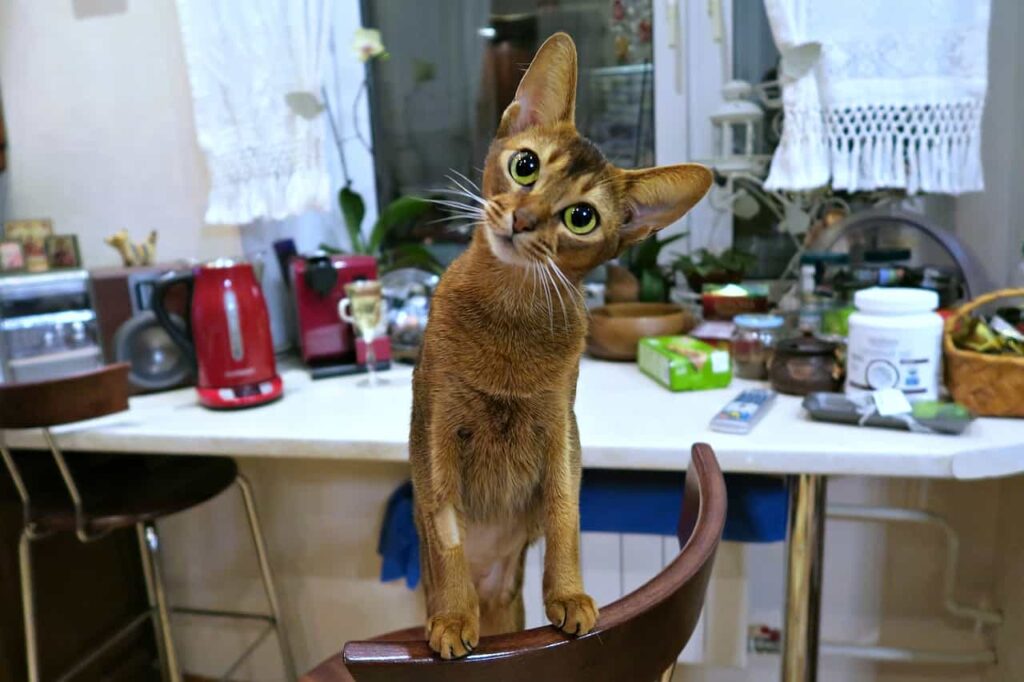

Health and problems of Abyssinian Cat :
Patella Luxation: When the kneecap is slipped from the position, it is called patella luxation. It happens due to the lack of bone marrow.
Renal Amyloidosis: It causes the build-up of Protein in the Kidneys.
Gingivitis: A common gum problem. When the Calcium Phosphate and Carbonate get stuck under the teeth, the problem appears. So, take good care of Aby’s oral health.
Low genetic diversity: It causes genetic problems.
Infections and Abscesses: When cats fight with each other then, they are infected by biting and scratching each other.
It results in fever and lethargy. Pain relief, antibiotics, and lancing of the Abscessess is the solution to these problems.
Viral infections
Viral infections (Feline Leukemia and FIV mean cat’s AIDS) are not curable, but Feline Leukemia is preventable by proper vaccination.
Hyperthyroidism: in that case, the body is forced to burn energy that is not needed. As a result, the body can’t save energy, and it becomes harder for the body to sustain weight, and the body becomes thinner.
Progressive Retinal Atrophy: it’s a genetic trait and not curable. Night blindness increases in the sunset years of an Abyssinian cat’s life as they live longer.
It eventually turns into full blindness. The solution is to scrutinize the genealogy of the prospective kittens or adults while purchasing.
Pyruvate Kinase Deficiency: it is a big problem among Abyssinian cat breeds. It is an inherited red blood cell condition that is responsible for Anemia and other blood afflictions. Bone marrow transplantation is the way to get rid of it.
Feline Asthma: problems in the trachea and the lungs. It occurs when allergies and irritants cause inflammation and sensitivity to the lower airways.
The symptoms are coughing and wheezing. There is no cure for Asthma, but you can keep your Aby better with medications.
Gastrointestinal Tract Disorder: the Gastrointestinal tract (GI) is a long and winding tube that starts from the mouth and ends at the Anus.
There are so many twists and turns along the tube. It causes infections, poisoning, obstruction within the bowl due to wrong eating, vomiting, and diarrhea.
Kidney disease: Abyssinians are affected by kidney diseases that cause infections, blockages, tumors, or toxins at an advanced age.
The treatment is kidney dialysis, a special diet, and medications.
Obesity and Diabetes: Those are also big problems for Abby.
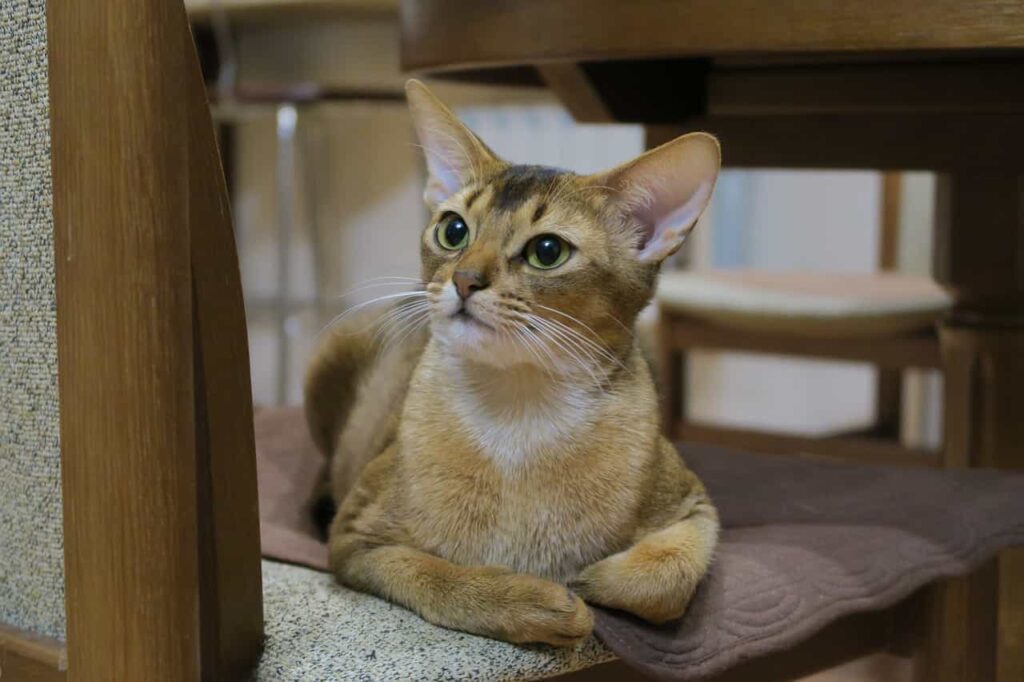

Food and nutrition tips for Abyssinian Cat :
The Abyssinians need a high-quality and special diet. It varies in childhood, adulthood, and in senior age.
Though the abys are very active and playful, don’t leave free foods all day long. Use an ideal measuring cup to feed them.
The breed also has the risk of obesity and diabetes. So, provide them with enough Protein and nutrients but in an ideal measurement.
You should also provide them with clean and fresh water to fulfill their thirst. They also need food supplements and a lot of water for better health.
Abyssians need proper nutrition, proteins, and vitamins for all ages to keep them healthy and thriving.
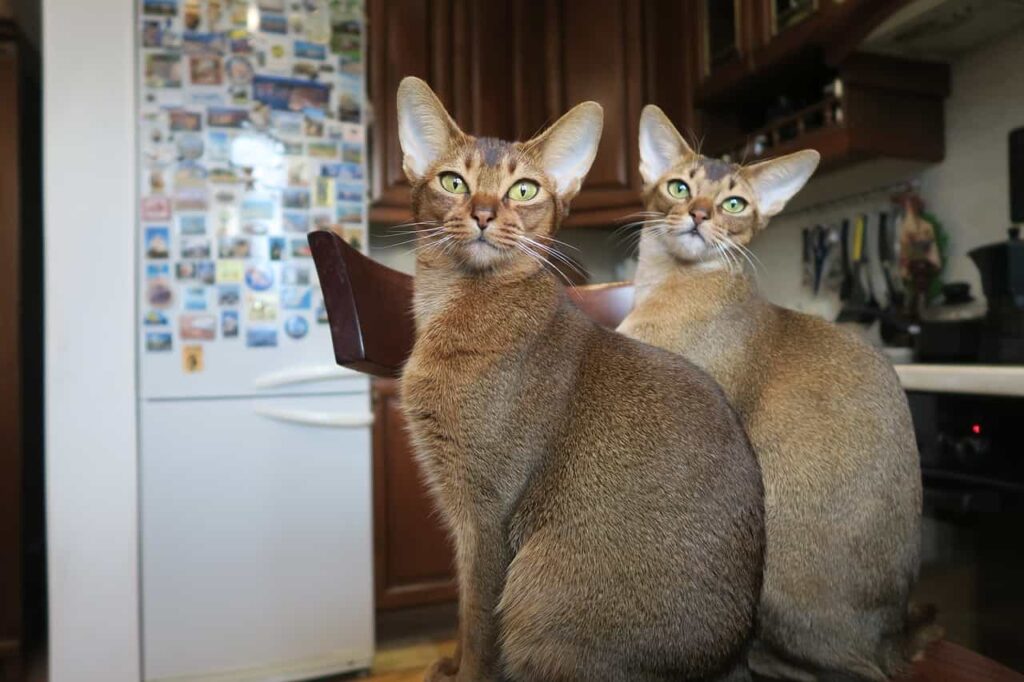

Interesting facts about the Abyssinian Cat breed:
The Abyssinian cats are the clowns of the cat kingdom.
They’re often confused with wild cats because their ears are oversized, they are exotic furs, and they have lean bodies and agile nature.
They appeared in the cat show held in the Crystal Palace, London, the United Kingdom, in 1872.
Their ancestors were worshipped in ancient Egypt.
They come with a Ticked coat.
They’re the Energizer Bunny.
They’re considered the earliest cat stars and the smartest breed.
They have an active role in Australia’s first pedigree Australian Mist.
Abyssinians are very smart cats. They even can walk on a lead, and their owners train them to run in agility courses.
Abyssinians DNA was decoded as the first: The feline genome was sequenced in 2007, and an Abyssinian cat named Cinnamon was the first cat of the groundbreaking scientific effort.
That was a revolution in feline genetics.
A notoriously curious breed that remains lifelong the same.
They’re the constant jumpers and climbers.
Abyssinians take time to adapt the new things.
The breed is both omnivorous and carnivorous. That means they eat both plants and meats.
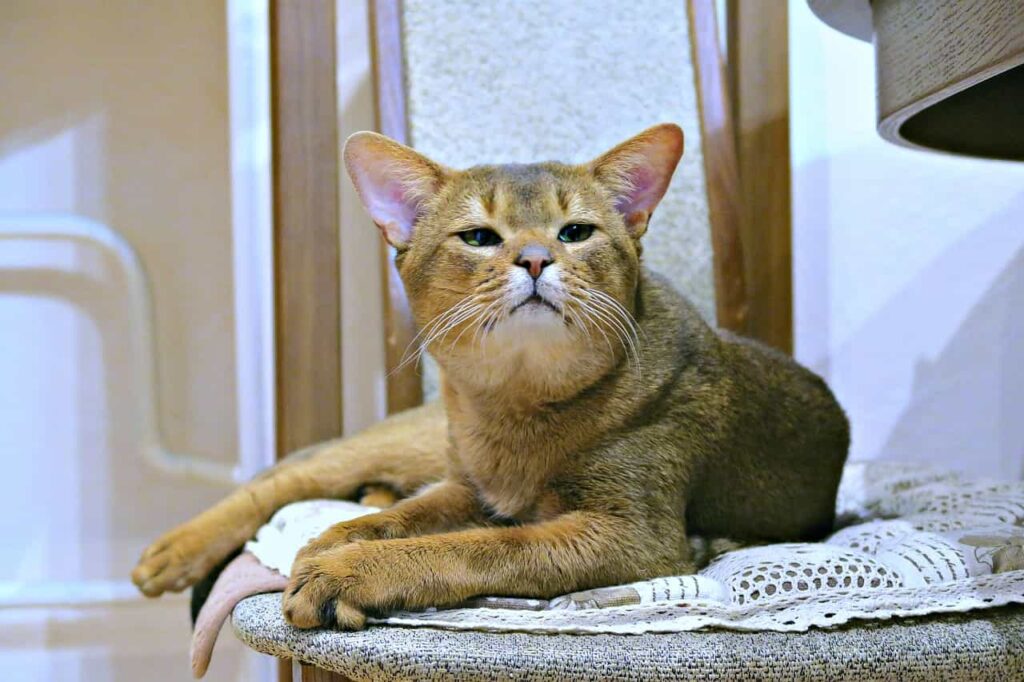

Breed overview of Abyssinian Cat:
This is a gorgeous and energetic breed from the desert land of Abyssinia (Ethiopia). The gorgeous and silky coats, Almond-shaped eyes, large ears, and long and thin-bodied Abys are the clowns of the cat world.
They’re very active and playful. Their most significant trait is their thrust of water- which is very uncommon among cats. Abys resemble the wild cats of North America.

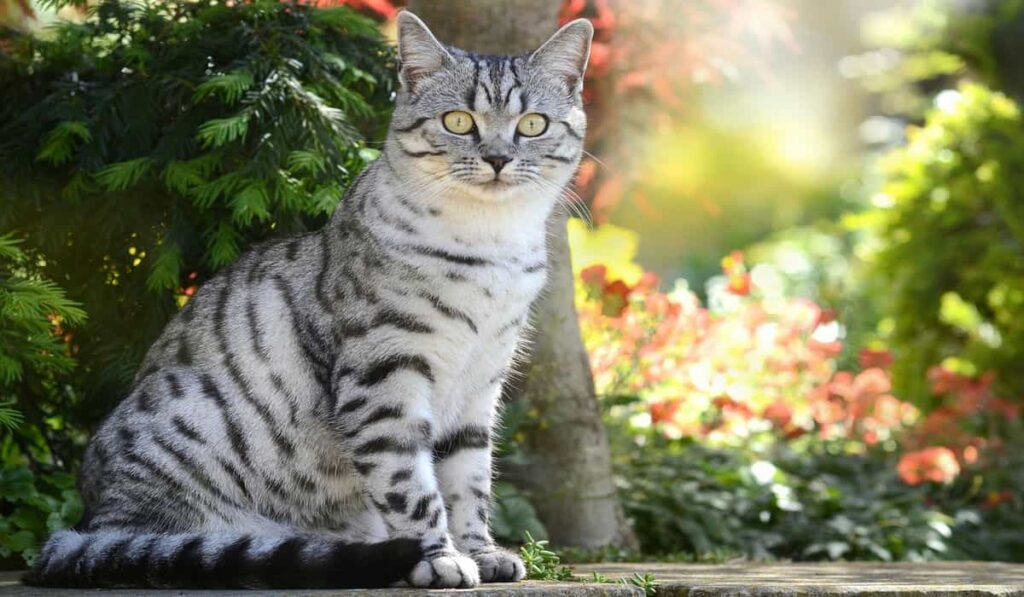
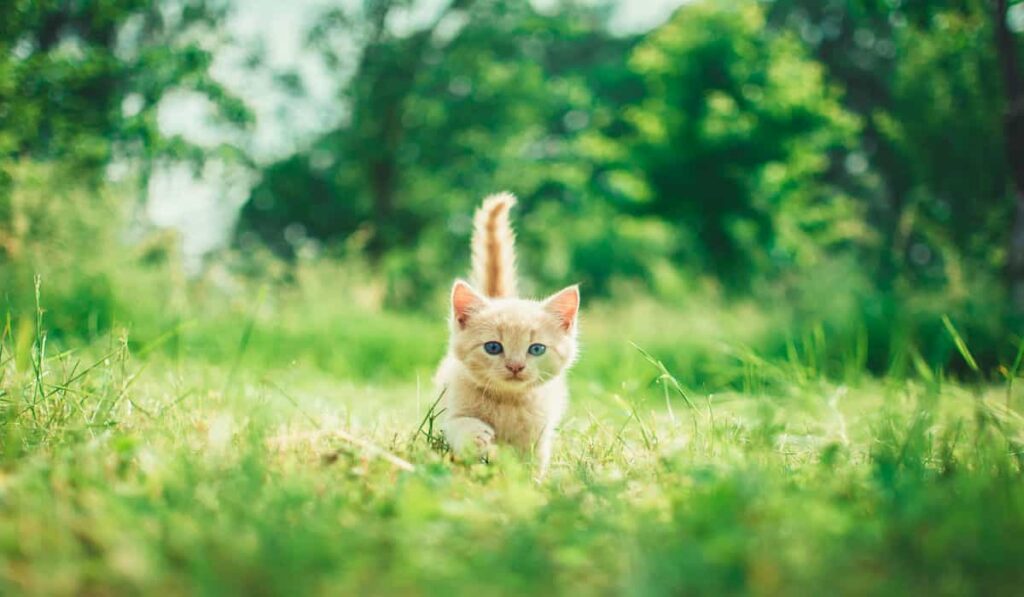
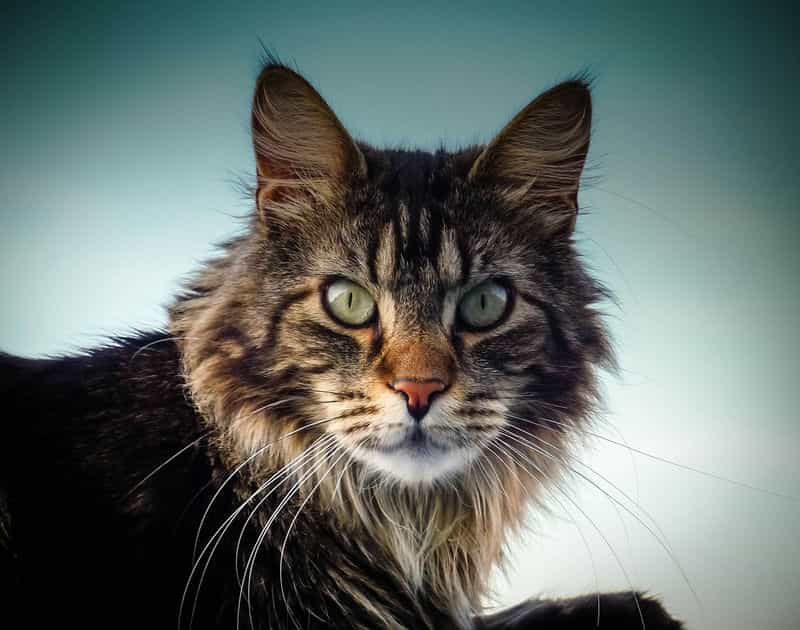
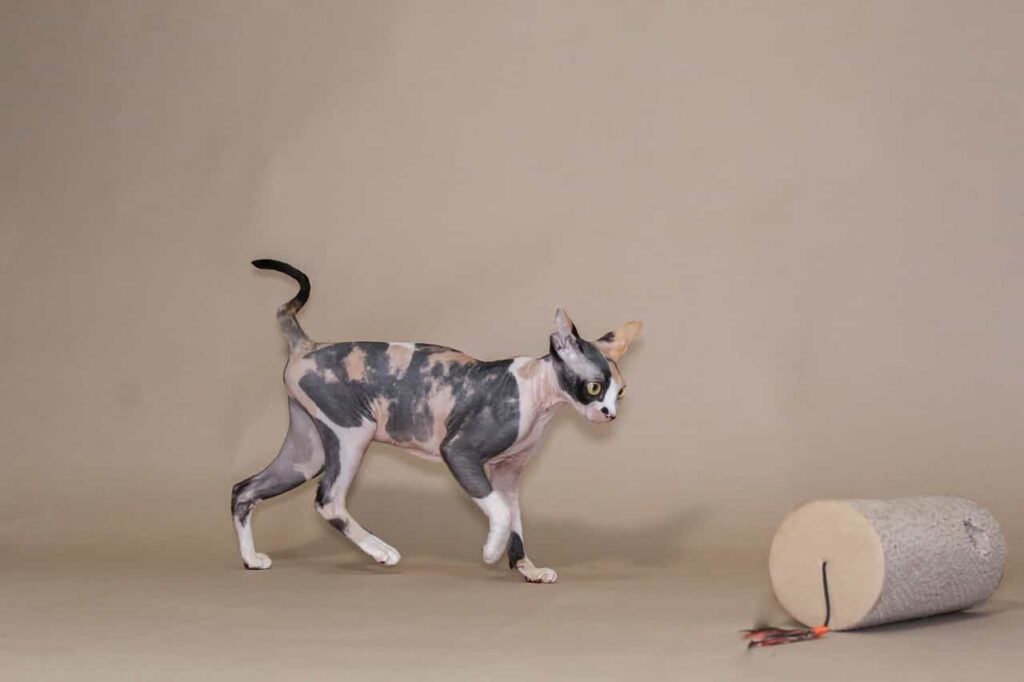
Pingback: What Makes Ginger Cats So Special? Find Out Here! - catplanning